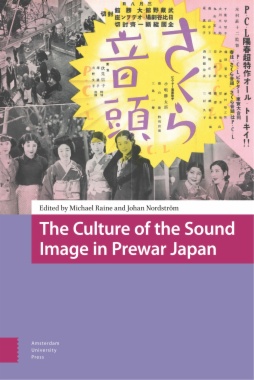This collection of essays explores the development of electronic sound recording in Japanese cinema, radio, and popular music to illuminate the interrelationship of aesthetics, technology, and cultural modernity in prewar Japan. Putting the cinema at the center of a ‘culture of the sound image’, it restores complexity to a media transition that is often described simply as slow and reluctant. In that vibrant sound culture, the talkie was introduced on the radio before it could be heard in the cinema, and pop music adaptations substituted for musicals even as cinema musicians and live narrators resisted the introduction of recorded sound. Taken together, the essays show that the development of sound technology shaped the economic structure of the film industry and its labour practices, the intermedial relation between cinema, radio, and popular music, as well as the architecture of cinemas and the visual style of individual Japanese films and filmmakers.
- Cover
- Table of Contents
- Introduction
- Michael Raine and Johan Nordström
- 1. A Genealogy of Kouta eiga
- Silent Moving Pictures with Sound
- 2. Katsutarō’s Trilogy
- Popular Song and Film in the Transitional Era from Silent Film to the Talkie
- 3. Japanese Cinema and the Radio
- The Sound Space of Unseen Cinema
- 4. Architecture of Sound
- The Modernization of Cinematic Space in Japan
- 5. No Interpreter, Full Volume
- The benshi and the sound transition in 1930s Japan
- 6. The Image of the Modern Talkie Film Studio
- Aesthetics and Technology at P.C.L.
- 7. The Dawn of the Talkies in Japan
- Mizoguchi Kenji’s Hometown
- Nagato Yohei
Translated by Michael Raine
- 8. The Early talkie frame in Japanese cinema
- Index

